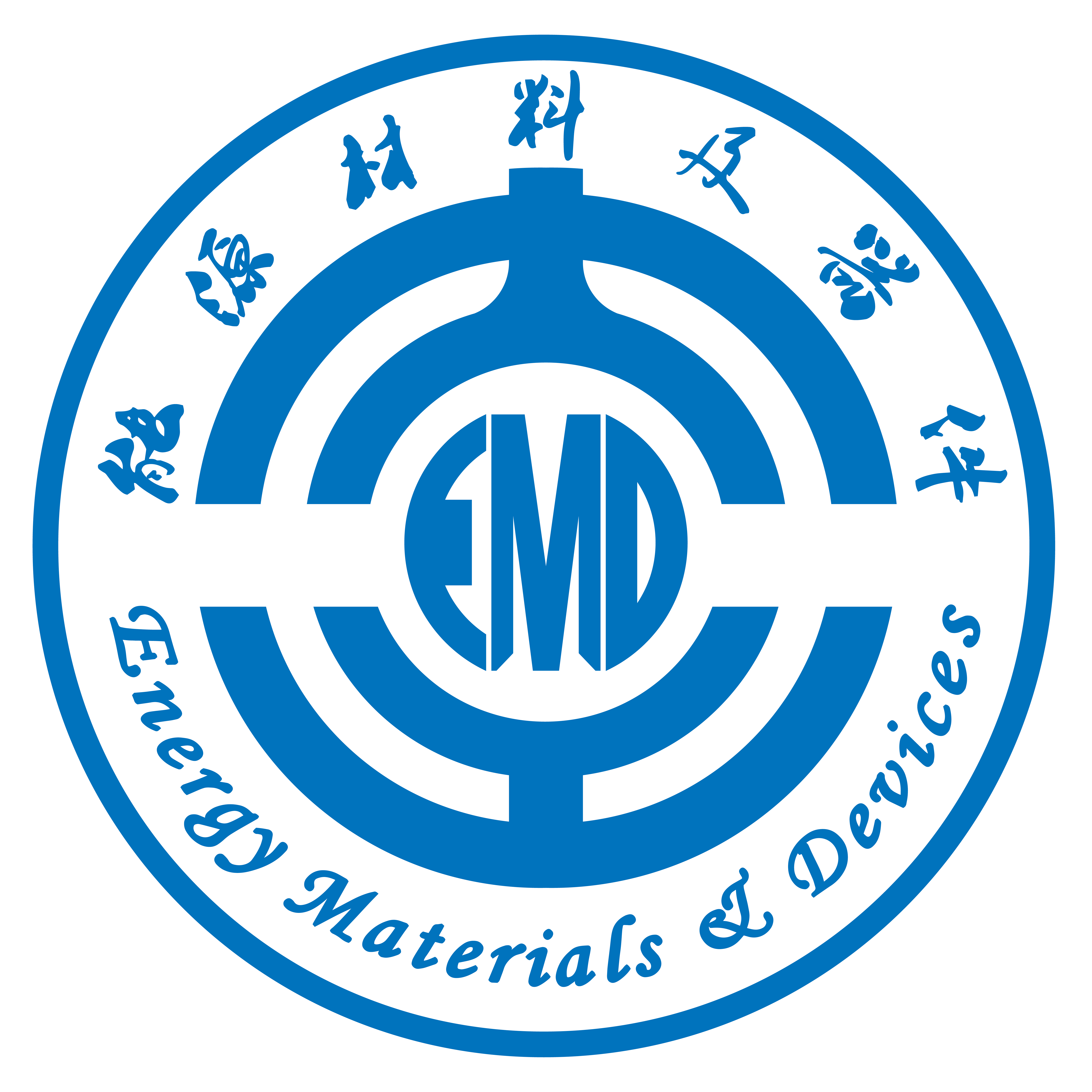Abstract: Among various metal phosphides, SnP with a high theoretical specific capacity is a promising anode material. However, the poor cycling stability hinders its application in energy storage. Besides, the lithiation mechanism of SnP has not been well clarified by available studies. To solve the above two issues, experimental investigation and theoretical exploration are performed in this study. The composites of SnP-semifilled carbon nanotubes (CNTs) are proposed and tested as anodes for Li-ion batteries. The specific capacity of SnP@CNTs firstly decays and then experiences an inverse growth. Due to the semifilled structure of SnP@CNTs, the volume expansion of SnP is greatly relieved by the extra space in CNTs. Moreover, owing to the confinement effect of CNTs, the highly pulverized SnP particles are always constrained into CNTs, thus maintaining excellent structural integrity and electrical contact. The pulverization of SnP also contributes to the capacity growth, as a result of increased reaction sites and reduced Li+ diffusion distance. Furthermore, SnP is verified to undergo a progressive lithiation process, i.e., Li+ is first intercalated in SnP to form amorphous LixSnP, followed by transforming into amorphous Li3P and then Li4.4Sn. Li+ preferentially reacts with P instead of Sn, which is verified through the first-principles calculations.
https://doi.org/10.1016/j.jallcom.2021.161612

